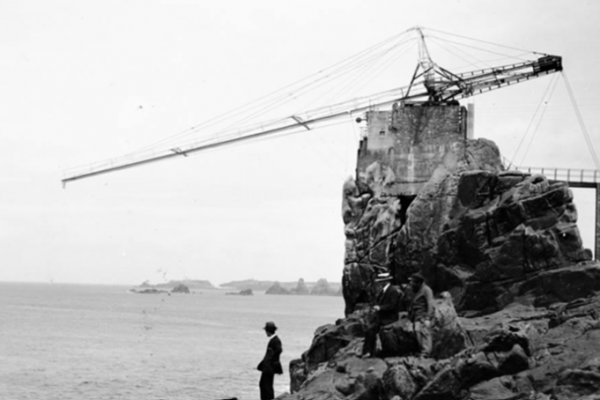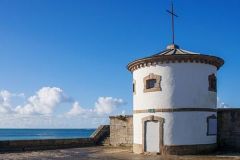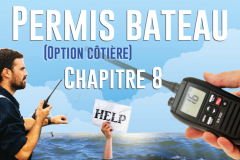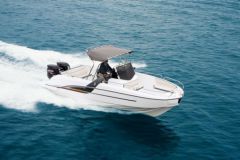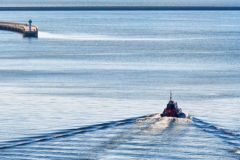At the end of the 20th century, navigation around Ushant was a risky business, marked by numerous shipwrecks in the region. In response to these disasters, solutions were sought to improve positioning at sea, particularly in conditions of reduced visibility, which are common in these waters.
While astronomical navigation was effective for long crossings close to the coast, navigators still had to rely mainly on dead reckoning, limited to visual signals from landmarks and lighthouses. It was against this backdrop that an innovative solution emerged in the early 20th century: underwater bells.
Let's see how this device worked, providing boats with a reliable sound cue underwater when lighthouses, battered by storms and fog, became invisible.
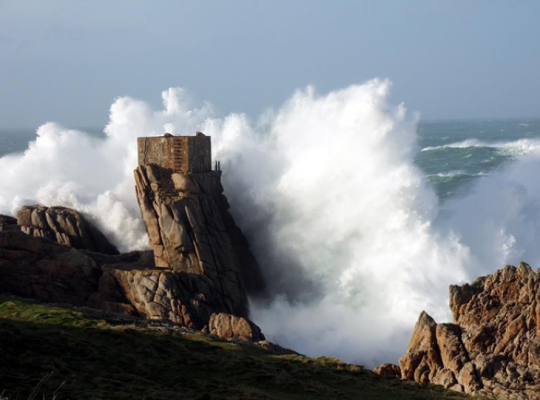
The principle of underwater bells
Experiments with underwater bells were first carried out on the American and English coasts, before being introduced in France, where they were tested at Ouessant. At the time, the project to install 5 underwater bells marked a milestone in the exploration of underwater communication possibilities. Unlike a traditional bell, the underwater bell is designed to be submerged, which explains why it is installed on bases similar to lighthouses.
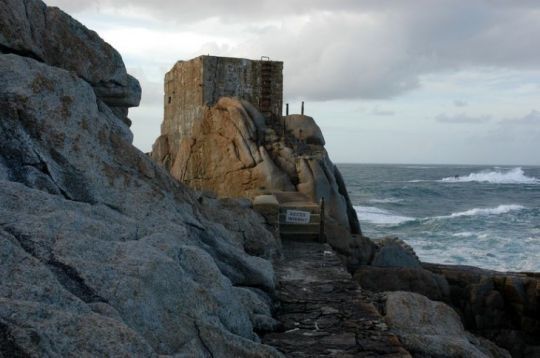

Installed in 1912 in the Créach area, the Ouessant lighthouse supported a 30-meter overhanging cable-stayed metal beam which, in foggy weather, allowed a bell to be submerged to a depth of 7 meters, with the electrical signal controlled from the lighthouse. Its structure was reinforced to withstand underwater pressure, and the mechanism that operated the bell's clapper was powered by compressed air or steam, enabling instantaneous blasts to be produced at regular intervals. The sound generated was clean and crystal-clear, to avoid unwanted harmonics that might have disturbed the clarity of the sound signals. A regulator ensured that the taps were spaced so as to create a rhythm identifiable by navigators from several miles away: the Ouessant underwater bell signal consisted of two tones spaced 1.25 seconds apart every 5 seconds.
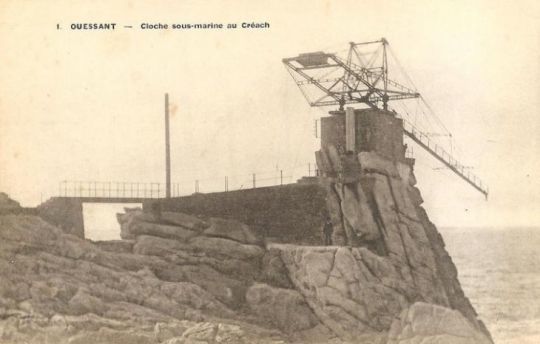
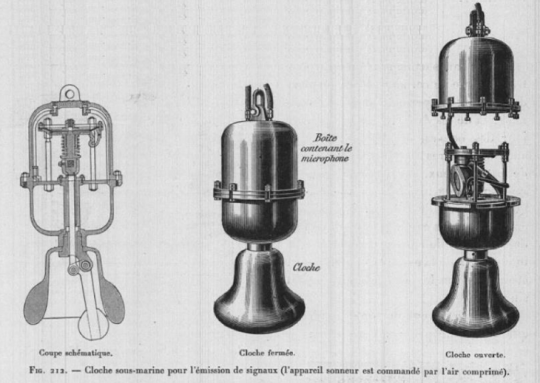
An on-board receiver system
Operation of the underwater bell was accompanied by an on-board reception system consisting of hydrophones - microphones immersed in liquid-filled tanks, positioned to minimize unwanted noise. When a sound emitted by the bell reached a boat, the hydrophone picked up these mechanical vibrations before converting them into an electrical signal, which was then analyzed on board. This process is based on physical principles such as piezoelectricity, where a material generates an electrical voltage when subjected to pressure or deformation.
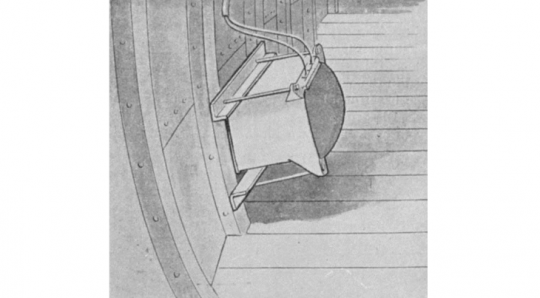
By measuring the distance at which the signal was received and the time it took to arrive, navigators could then determine their precise position in relation to the bell, and therefore in relation to the island of Ouessant. This technique was a vital aid to safe navigation in extremely poor visibility conditions, such as the dense fog banks that frequently cover the waters around Ushant.
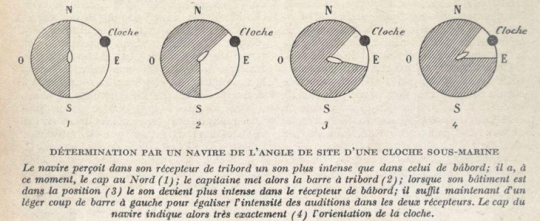
A promising but fragile technology
Despite its advantages, the Ouessant underwater bell encountered several major obstacles. Firstly, installation and maintenance costs were high. Installing these bells in exposed areas such as the Breton coast required infrastructure that could withstand powerful waves and storms. Violent currents, marine debris and saltwater corrosion regularly disrupted the operation of the devices. At the same time, boats had to be equipped with specialized receivers to benefit from the system. At the time, only large boats had the technical and financial resources to equip themselves. Smaller boats, which would have benefited greatly from this innovation, were excluded from this technology for lack of means.
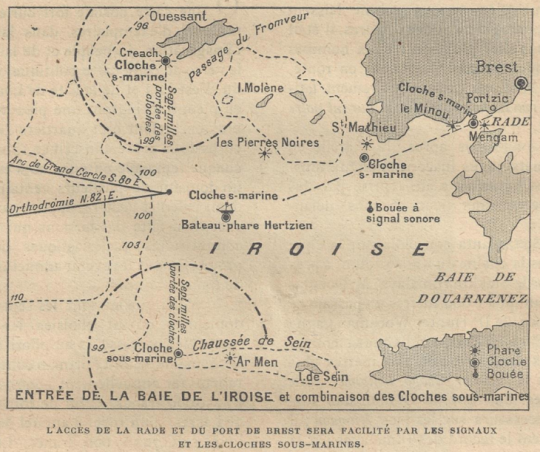
Despite these challenges, the Ouessant underwater bell operated for a few years, before being discontinued in 1919. The development of VHF, radar and improved foghorns has made this device obsolete. These new technologies, crucial to boating safety, now offer solutions that are more reliable, less costly and accessible to a greater number of boats.
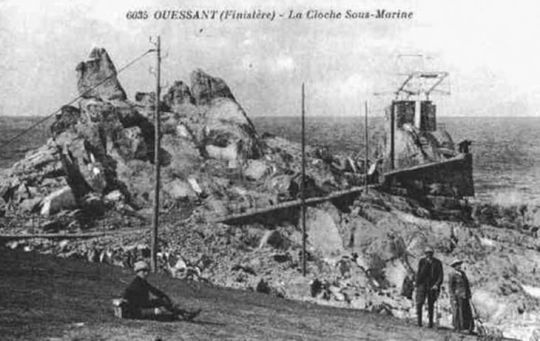
The Ouessant project, though promising, has been lost in the archives of nautical history. Yet it remains an interesting example of the efforts made to improve safety at sea at a time when shipwrecks were still frequent. These devices, though short-lived, contributed to thinking about means of communication and positioning at sea. They have inspired future innovations, and demonstrate that the sea, however formidable, always encourages ingenuity and adaptation.

 /
/ 